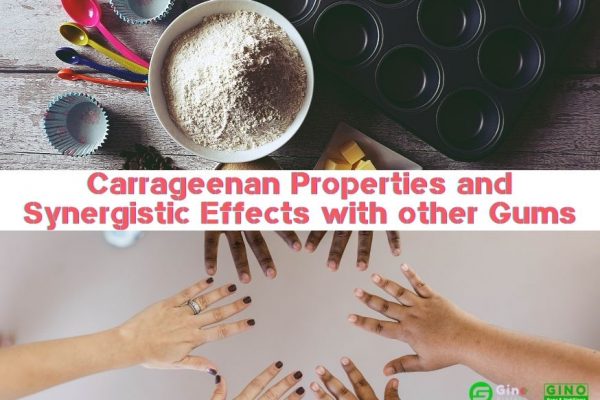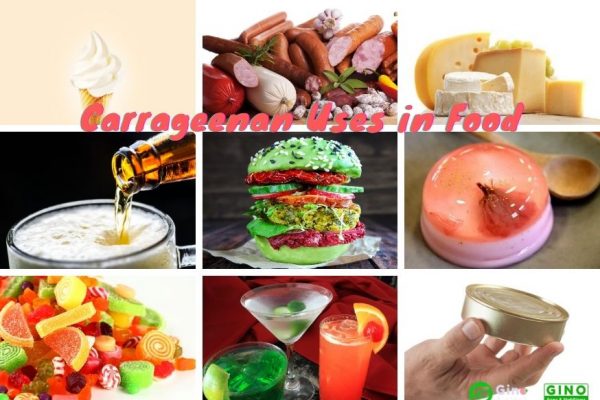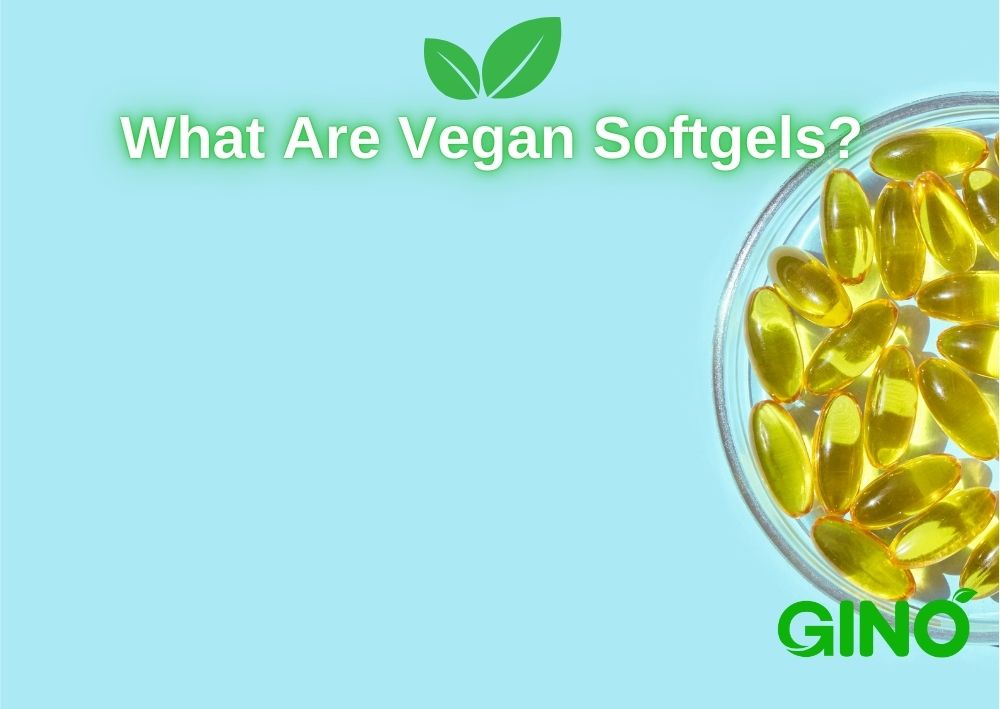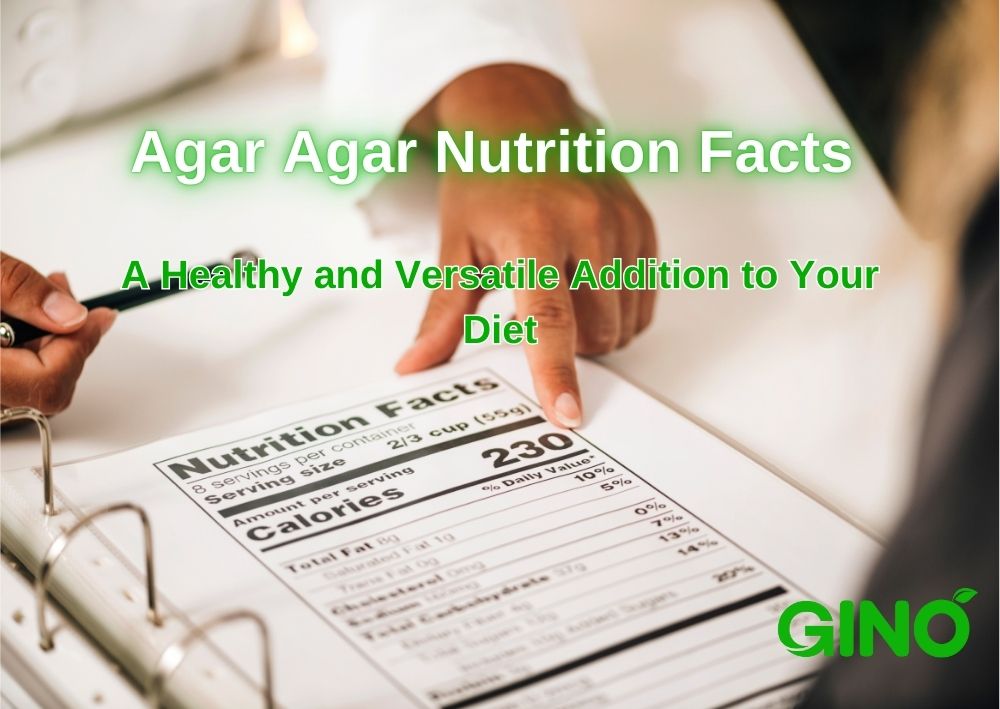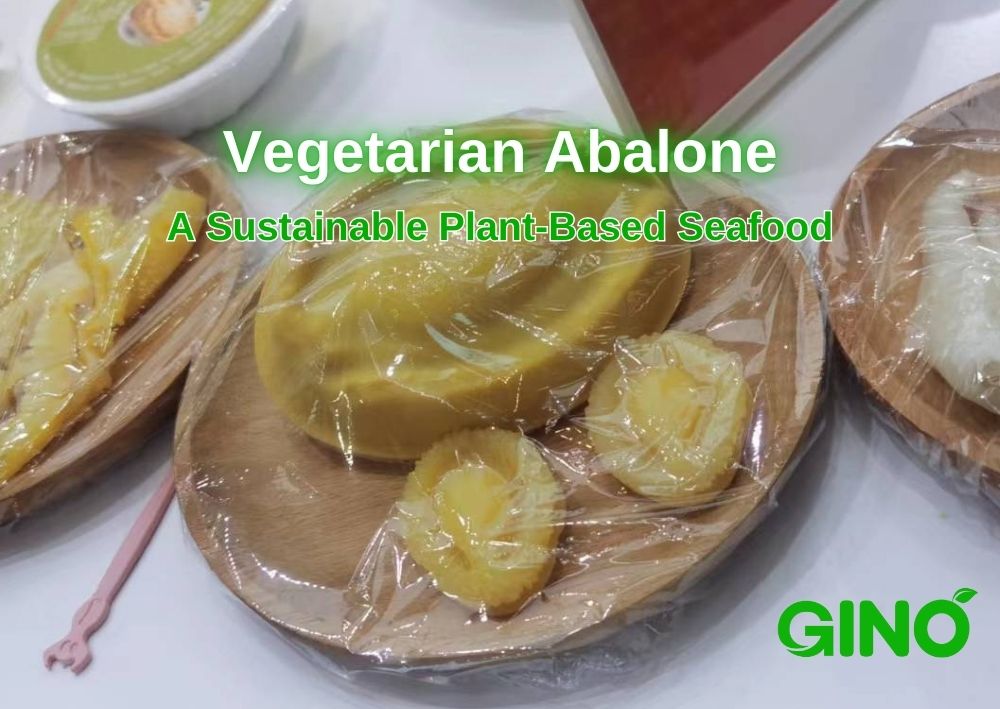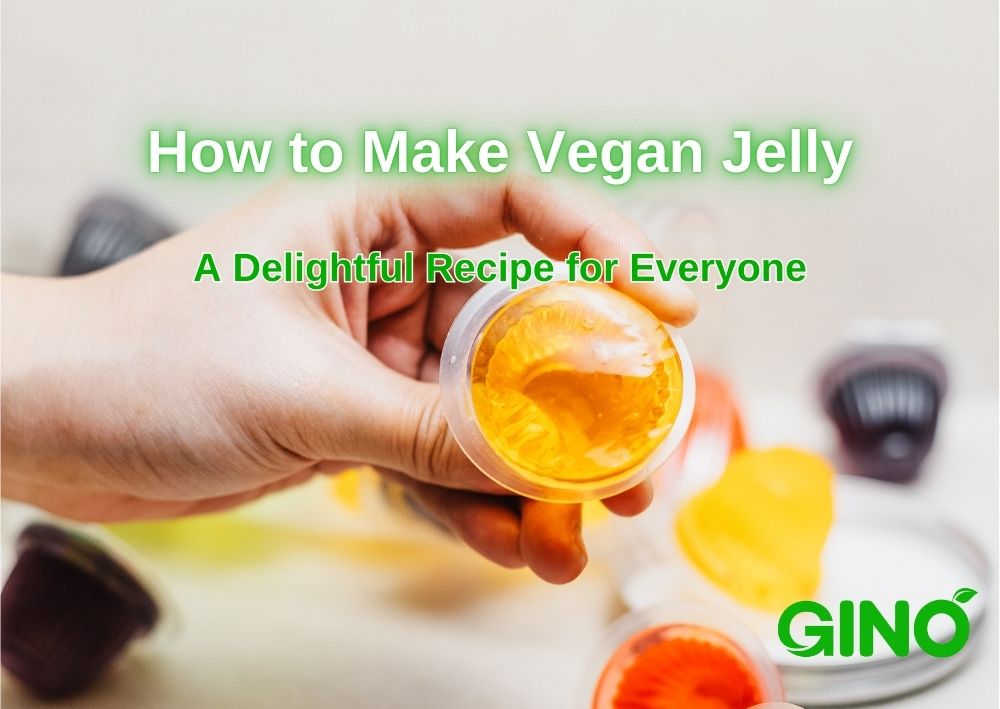젤리 응용 분야의 곤약 검과 카라기난
Table of Contents | Carrageenan in Jelly
Facebook
트위터
LinkedIn
The main component of konjac gum is glucomannan (KGM), konjac gum can swell in water to form a high-viscosity sol, can react with kappa carrageenan to form a highly elastic thermally reversible gel.
The combination of carrageenan and konjac gum has been used in the food industry for many years, such as in fish products, meat sausage products, jelly, and other gel products.
Do you know the applications of konjac gum and carrageenan in jelly?
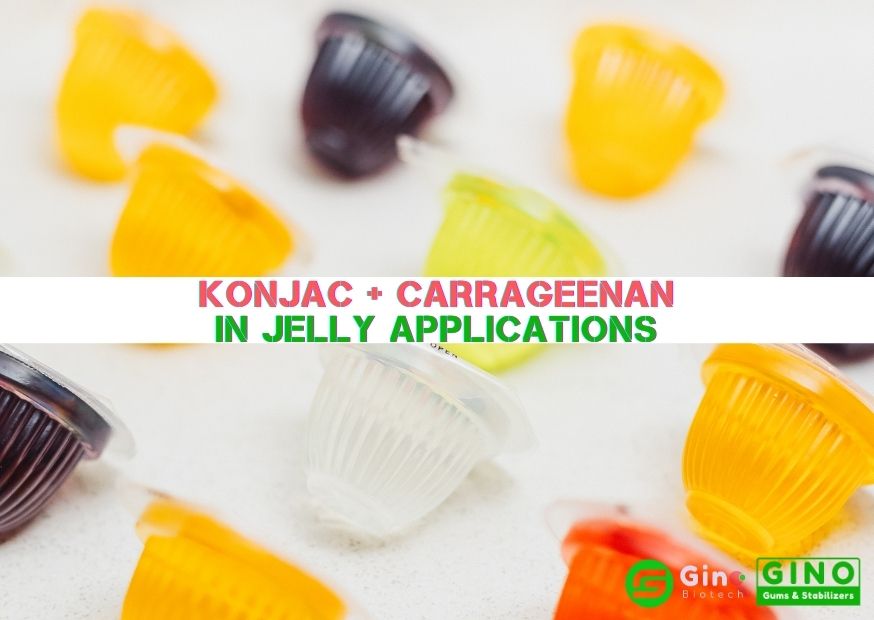
1. The Effect of Gel Strength of Carrageenan and Konjac Gum (Different Ratios) on Jelly Quality
When the total concentration of carrageenan and konjac gum remains unchanged after compounding, the synergistic effect of carrageenan and konjac gum will form a stable gel, which will improve the gel strength and make the taste fine and lubricious. In jelly making, the best taste was achieved when carrageenan 0.3%, konjac gum 0.4% and KCl 0.3% or so.
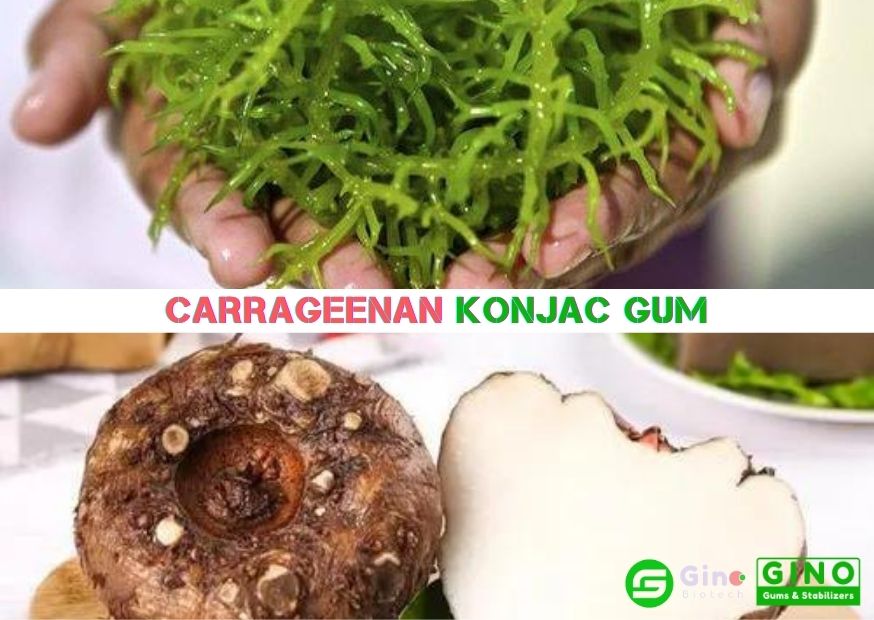
2. Relationship Between KCL and Gel Strength
The gel strength of carrageenan increases with the increase of KCL addition, but the brittleness of the gel, the water syneresis, and shrinkage will become larger with the increase of KCL.
The gel strength after KCL addition at low concentrations is larger than that without KCL addition, and it tends to be the same at high concentrations.
This is because the amount of potassium ions is certain, and the effect of chain linkage and weakening molecular repulsion is certain and does not increase with the concentration of carrageenan.
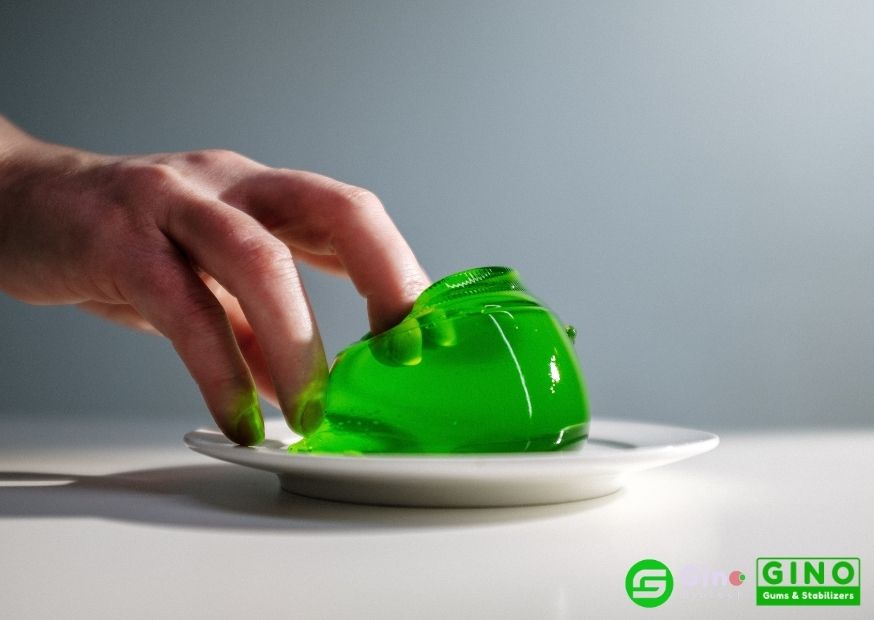
3.Relationship Between Konjac Gum and Water Retention
With the reduction of konjac gum, the phenomenon of water syneresis of jelly increased.
An appropriate increase in the proportion of konjac gum in the jelly can improve the shrinkage rate of dehydration (syneresis) of jelly, effectively overcoming the severe shortcomings of the carrageenan shrinkage phenomenon, but also make the jelly hardness moderate, good toughness, and elasticity, chewy feeling.
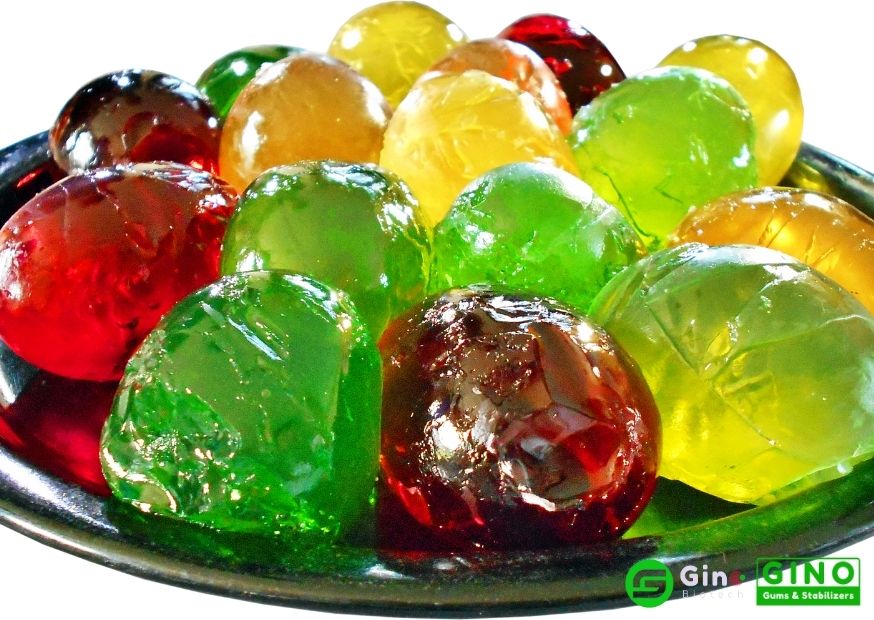
4.The Relationship between pH and Gel Strength
Compounding gum can only form a very weak gel after heating at pH=3.5 or below.
After heating at pH=5-7, the gel basically stabilizes at a relatively high-value range.
The strength of the compounding gel decreases when heated above pH=7.5.
This may be due to the hydrolysis of konjac gum in an alkaline environment thus affecting the final gel strength.
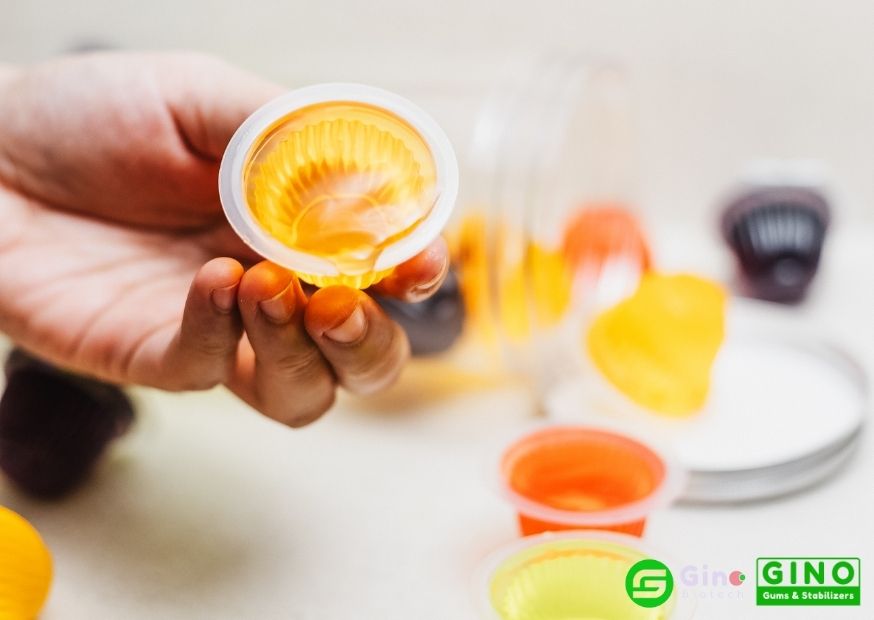
5.The Effects of Adding Acid at Different Temperatures on Gel Strength
The higher the temperature when adding acid, the weaker the gel strength.
This phenomenon is in accordance with the Arrhenius formula, where acid catalyzes the degradation of carrageenan and the reaction rate increases with the increase in temperature. The strength values were more stable when the acid was added at 80-60°C. The gel strength decreased when the acid was added at 60-50°C.
This may be due to the fact that at lower temperatures, by its approach to the gel temperature range, the double helix tends to occur, and the addition of H+ greatly interferes with the ability of K+ to form H-bonds with the negative charge of carrageenan sulfate, forming a more relaxed three-dimensional network and therefore a lower strength measured macroscopically.
6.Effect of Acid Adding Amount on Gel Strength
The gel strength decreased with the increase of acid addition. The gel strength of the compounded gum decreases slowly at about 0.15% acid addition.
In Conclusion
(1) The synergistic effect of carrageenan with konjac gum and KCl was produced when the total gum concentration was constant.
With different ratios, the taste and appearance of jelly are obviously different. The practice has proved that 0.3% carrageenan in jelly, 0.4% konjac gum, and 0.3% KCl compounding effect is better.
(2) The gel strength of carrageenan depends on the degree of the neatness of the molecular chain, but the increase in the amount of addition can improve the strength. A small amount of carrageenan can be compounded with konjac gum to obtain a high-strength gel.
(3) The higher the amount of citric acid added to the gel solution, the lower the strength after cooling, and the higher the temperature of acid addition, the more significant the reduction of high strength. However, the acid addition at too low a temperature will also interfere with the formation of the gel, so the most suitable acid addition temperature is 80-60 ℃.
(4) The combination of carrageenan and konjac gum can greatly reduce the shrinkage rate of jelly dehydration, i.e., the phenomenon of water precipitation can be improved. It is also shown that compounding with konjac gum is feasible, which expands the scope of konjac gum as a gelling agent in food applications.
(5) The carrageenan solution system was heated at different pHs, and the gel strength was reduced by decreasing pH. The gel could not be formed below pH 3.5. The formed gels remain stable in the gel state even at high acids like pH=3.5. The results observed for the complex gum system were similar to those of carrageenan, except that the strength decreased under an alkaline environment, while the carrageenan remained stable at about pH=9.
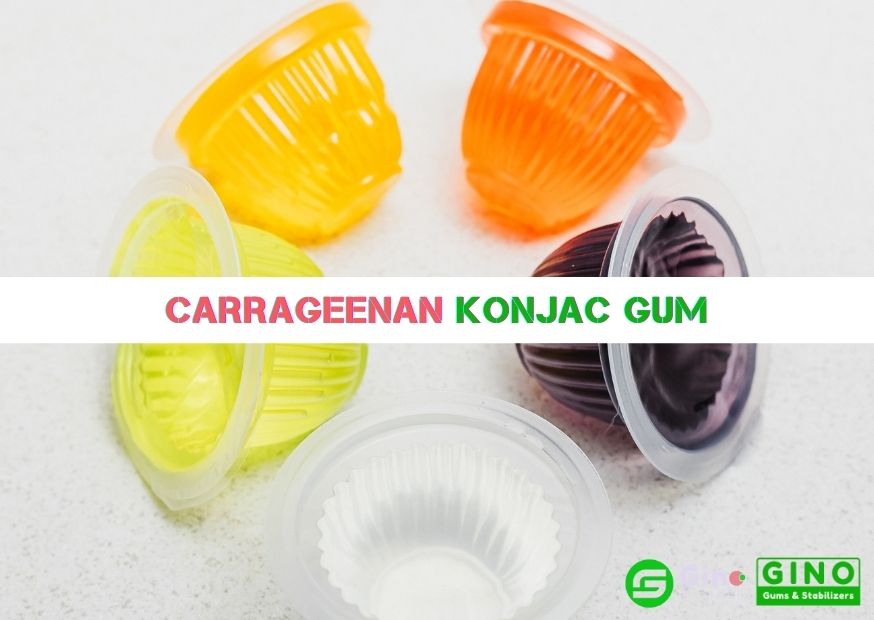
Related Articles
최근 게시물
채식 소프트젤이란 무엇인가요? 식물성 캡슐에 대한 초보자 가이드
2025-03-08
한천 영양 성분: 식단에 건강하고 다양하게 추가할 수 있는 한천
2025-01-18
식음료 트렌드 2025 | 입맛의 미래
2025-01-11
비건 젤리 만드는 방법: 모두를 위한 즐거운 레시피
2025-01-05
지노 바이오테크 소개

당사는 혁신적이고 기술적인 식품 첨가물 하이드로콜로이드의 연구, 개발 및 상용화를 전문으로 하는 생명공학 기업입니다. 한천 한천, 카라기난 그리고 맞춤형 안정화 솔루션.
하이드로콜로이드의 연구, 적용 및 사용에 대한 광범위한 노하우와 경험을 바탕으로 원스톱 쇼핑을 제공할 수 있습니다. 맞춤형 솔루션 고객의 요구사항에 완벽하게 부합합니다.
우리의 제품 육류, 유제품, 베이커리, 제과 및 기타 산업 분야의 요구 사항을 충족합니다.


